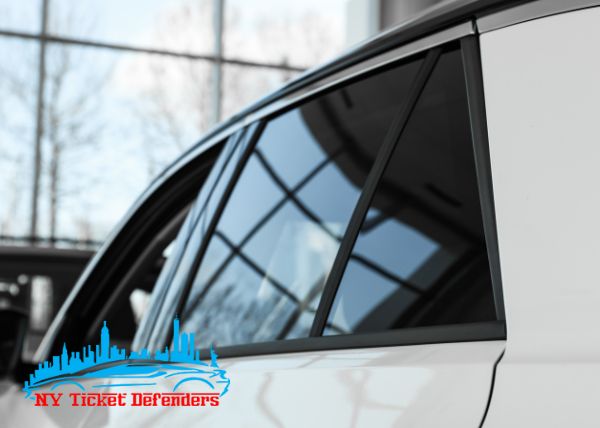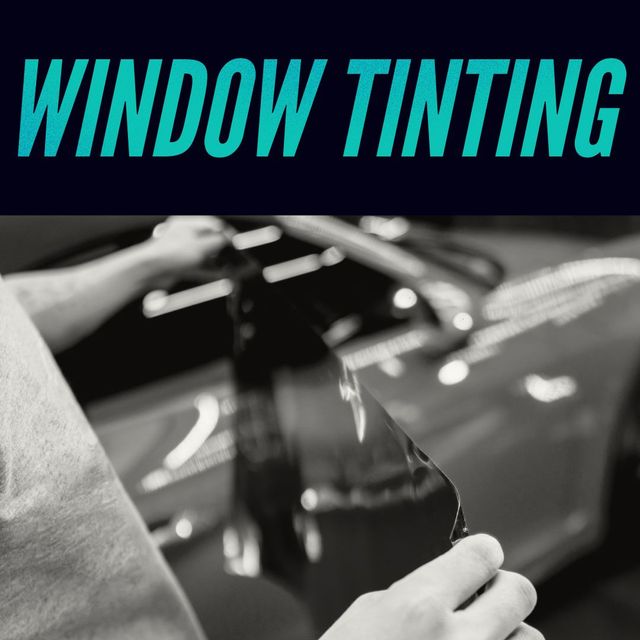Customized Vehicle Window Tinting Solutions for a Streamlined and Trendy Appearance
Customized Vehicle Window Tinting Solutions for a Streamlined and Trendy Appearance
Blog Article
Home Window Tinting Laws and Standards: What You Required to Know Prior To Tinting Your Automobile
Before continuing with home window tinting for your automobile, it is necessary to acquaint on your own with the varied regulations and guidelines that control this practice throughout different states. These laws determine the acceptable degrees of color darkness, frequently determined by noticeable light transmission (VLT) portions, and include certain terms for front windscreens aimed at ensuring road safety. Furthermore, particular jurisdictions might offer clinical exceptions for individuals with qualifying problems. Comprehending these intricacies can save you from prospective legal implications, but what are the particular guidelines in your state?
Review of Home Window Tinting Regulations
Home window tinting legislations are regularly based on variation throughout various territories, reflecting local regulations and safety and security considerations. These laws dictate the allowable levels of tint darkness and reflectiveness on vehicle home windows, making sure that vehicle drivers maintain adequate exposure while also shielding versus dangerous UV rays and heat.
Most regulations identify home window tinting based on the Visible Light Transmission (VLT) percent, which suggests the quantity of light that can go through the home window. Typically, lower VLT percentages signify darker colors. Laws frequently set apart between the front, side, and rear windows, with stricter restrictions used to the front windshield to enhance safety and security for both the vehicle driver and various other road users.
In addition, some jurisdictions enforce limitations on the reflectivity of the tint, avoiding excessive glare that can hinder exposure. Exceptions to these laws may exist for individuals with details medical problems requiring extra sun protection. Compliance with home window tinting regulations is important, as offenses can cause fines, obligatory removal of the tint, and possible increases in insurance coverage premiums. It is important for vehicle owners to familiarize themselves with regional laws before continuing with home window tinting installments.
State-by-State Color Laws
Comprehending the details home window tinting laws in each state is essential for vehicle owners seeking to adhere to the legislation. Each state in the united state has actually developed its own collection of guidelines regulating home window tinting, which can differ substantially. These guidelines usually determine the permitted levels of color darkness, the kinds of windows that can be tinted, and any type of medical exemptions that might use.
For circumstances, states like The golden state have stringent constraints on color darkness for front windows, while others, such as New Mexico, may allow darker colors. Furthermore, specific states mandate details presence percentages for numerous windows, including the windscreen, front side home windows, and back windows. It is critical for cars and truck proprietors to familiarize themselves with their state's laws to avoid possible penalties or charges.
Additionally, some states may require a qualification sticker label to be positioned on tinted windows, indicating compliance with state legislations. Failing to follow these regulations not just runs the risk of legal effects yet can additionally influence safety and security and presence while driving. As a result, car owners need to perform detailed research study or seek advice from regional authorities to ensure complete understanding and compliance with state-by-state color guidelines.
Allowed Color Levels and Kinds
Many vehicle owners might be surprised to discover that allowed color levels and types differ extensively across different states. Each state has actually established its own regulations relating to the allowable darkness and reflectivity of home window tint, typically gauged by Visible Light Transmission (VLT) percentages. VLT refers to the amount of light that can go through the tinted windows; hence, a reduced percent indicates a darker tint.

Moreover, the sorts of color products enabled can vary, with some states prohibiting mirror-like or metallic coatings. It is crucial for vehicle proprietors to acquaint themselves with their state's particular legislations to ensure compliance. Non-compliance can lead to penalties, mandatory removal of the color, or various other legal repercussions, making it necessary to recognize these laws prior to proceeding with setup.
Medical Exceptions for Tinting
While not all states give allocations for medical exemptions pertaining to home window tinting, those that do identify the requirement for certain individuals to enhance exposure and comfort because of medical conditions. Numerous medical conditions, such as lupus, skin cancer, and specific eye problems, can make individuals particularly delicate to sunshine. These individuals might need darker tints to protect themselves from harmful UV rays and glow.

It is very important to note that also with a clinical exemption, there might still be restrictions on the degree of tint allowed. Conformity with state regulations makes certain that people are both secured and within legal limitations. Those thinking about medical exceptions ought to call their regional Division of Electric motor Vehicles or equivalent authority to understand the needs and treatments essential to use for an exemption properly.
Charges for Non-Compliance
Stopping working to adhere to window tinting legislations can result in substantial charges, which differ by state. Police are equipped to release citations for automobiles that do not stick to the specified tinting policies. These charges usually include fines, which can range from moderate total up to several hundred bucks, relying on the extent of the infraction and the state in inquiry.
In some territories, repeated click to read offenses may result in intensifying fines or extra fines, such as required court looks. Moreover, non-compliance might require the removal of prohibited tinting, commonly at the proprietor's cost. In extreme situations, habitual wrongdoers might deal with suspension of their vehicle enrollment up until compliance is attained.
Furthermore, insurance implications might emerge from getting multiple citations for home window tint violations. Insurance companies might watch such infractions as an indication of riskier behavior, potentially causing enhanced premiums or trouble in insurance coverage.
To prevent these charges, it is vital for vehicle owners to familiarize themselves with their regional window tinting regulations and make certain that their car complies (Window Tinting). This proactive approach not image source only stays clear of legal implications yet likewise advertises roadway security
Final Thought

Most guidelines classify window tinting based on the Visible Light Transmission (VLT) portion, which shows the quantity of light that can pass via the window. Conformity with home window tinting policies is critical, as violations can result in penalties, obligatory removal of the tint, and potential boosts in insurance coverage costs.Understanding the details window tinting laws in each state is essential for vehicle owners seeking to abide with the legislation. These policies commonly determine the allowed degrees of color darkness, the kinds of home windows that can be tinted, and any medical exemptions that may use.
For instance, states like The golden state have rigorous restrictions on tint darkness for front windows, while others, such as New Mexico, may permit darker colors.
Report this page